A Look Inside the Book: Two new books, by two talmidei chachamim that double as successful businessman, address recent events in the light of Halacha. What are the similarities between them and what does each one offer that the other doesn’t?
A Look Inside the Book is an Anash.org feature that takes a look at what’s new on the shelves of Seforim stores, and reviews recent printed seforim and books. The feature is presented in collaboration with SeforimDeals.com
By Shmuel Super
Headlines 3: Halachic Debates of Current Events
Dovid Lichtenstein
Mekor Press, 2021
512 pages
Exploring Modern Halachic Dilemmas
Zvi Ryzman
ArtScroll Mesorah Publications, 2021
311 pages
This article will review two recently published books on the general topic of the Halachic perspective on modern events and questions. Beyond the topic, these books also share another common feature: both are written by talmidei chachamim that double as successful businessman. The authors’ direct engagement with the contemporary reality gives them a deeper perspective on the questions it raises.
Headlines 3
Headlines is based on Dovid Lichtenstein’s popular weekly radio show of the same name and this is the third book in the series. As the title indicates, the topics addressed are all contemporary hot-button topics. Every chapter is introduced with a news story on the issue and followed by a clear, detailed, and well-structured analysis of the Torah perspective. All Hebrew terms are translated and explained, and the book should be easily understandable to everyone with a basic frum education. The chapters are followed by select direct quotes from the interviews conducted on the radio show.
The book begins with an extensive section on the Covid-19 pandemic. This section includes a balanced treatment of the issue of lockdowns, addressing the questions of what level of danger is considered pikuach nefesh and the weight that should be given to economic considerations.
Other chapters of interest address matters of contemporary discussion such as protests, racism, and slavery, as well as social matters that concern the frum world, such as women’s Torah learning and leadership roles, owning pets, and inheritance in the Rabbinate.
Throughout the book, the author’s voice is not dispassionate. Lichtenstein doesn’t conceal his personal opinion and often adopts an advocative voice, although he usually presents a range of sources and opinions in the process. There are however occasions when the author makes sweeping claims that gloss over the variety of opinions on the matter. On p. 207, for example, a sweeping statement is made that “nowhere in the Talmud or Midrash do we find any indication that all gentiles must be presumed to hate Jews,” and that the well-known teaching of Chazal that as a rule Esav hates Yaakov was only pronounced regarding Esav himself. Aside from the fact that the use of the present-tense in the aforementioned maamar Chazal indicates that they were making a current statement, there are many other sources in Chazal that do in fact assert that there is a natural animosity towards the Jewish people (see, for example, Bereishis Rabbah 63:7, Pesachim 49b and Shabbos 89a).
[A minor mistake that warrants correction is the attribution on p. 200 of Sefer Habris Hashaleim to the Baal Hahaflaah. Sefer Habris was written by R. Pinchas Eliyahu Horowitz who was associated with the broader school of the Vilna Gaon. This should not to be confused with the similarly named Baal Hahaflaah R. Pinchas Halevi Horowitz, who was a student of the Mezritcher Maggid (as an aside, some gedolei Yisrael, including our Rebbeim, express reservations about Sefer Habris, see Heichal Habaal Shem Tov, vol. 37 pp. 196-208 and vol. 38, pp. 230-244).]
Headlines is a fascinating book that will be enjoyed by anyone with an interest in current affairs that wishes to go beyond partisan secular talking points and learn a Torah perspective on these issues.
Exploring Modern Halachic Dilemmas
In addition to his philanthropic activities, R. Zvi Ryzman is well-known among talmidei chachamim for his lengthy Hebrew-language scholarly articles on a variety of halachic topics that are collected in the 30+ volumes of Ratz Katzvi. Exploring Modern Halachic Dilemmas presents some of these articles to the English speaking public for the first time.
This book also opens with a section dedicated to halachic issues raised by Covid-19. Here the topics focus on specific halachic issues; reciting hagomel after recovering from a severe case of Covid (a question that was of personal relevance for the author), and forming outdoor and street minyanim. Some of the chapters of this book address modern halachic questions: Is it proper to daven from a cell phone? Is meat produced from stem cells considered meat for halachic purposes? What if the stem cells were harvested from a non-kosher animal kosher? Other chapters address more general issues such as the status of a sleeping person in various halachos and the Torah perspective on celebrating birthdays. A chapter of contemporary interest addresses the halachic permissibility of human photographs and the propriety of publishing photographs of women.
The publisher’s introduction informs us that the chapters of the book have been “translated and adapted” from the original Hebrew, but less “translation” and more “adaptation” may have produced a better result. In the original Hebrew language articles, the accuracy of directly quoting the original sources may have had an advantage over paraphrasing for clarity, but this advantage is largely lost in translation, and the cost in terms of clarity is harder to justify. While the language reads like a translation and is sometimes a little stilted, the book is nevertheless generally clear and should be understandable to the average frum reader.
A point of interest to the Lubavitcher readership is the author’s discussion of the Rebbe’s opinion. In the chapter concerning birthdays, the Rebbe’s position in favor of celebrating birthdays is cited and discussed (pp. 158-161) and the Rebbe’s list of minhagim for birthdays is also cited in full (pp. 163-164). The practical section of the chapter about publishing photographs of women (pp. 305-307) is based entirely on an analysis of the Rebbe’s response to Rabbi Gavriel Zinner about the publication of a picture of the Rebbetzin. This is particularly notable given that citation of the Rebbe is unfortunately not common in ArtScroll publications, (as is humorously evidenced on p. 158 where the translator mistakenly renders a reference to a volume of the Rebbe’s Hisvaaduyos as “Sefer Hahisorerus”).
Exploring Modern Halachic Dilemmas presents contemporary halachic topics with a level of analysis and detail that is seldom found in English. Readers will come away with a comprehensive understanding of halachic topics of contemporary interest.
Headlines 3: Halachic Debates of Current Events can be purchased here.
Exploring Modern Halachic Dilemmas can be purchased here.
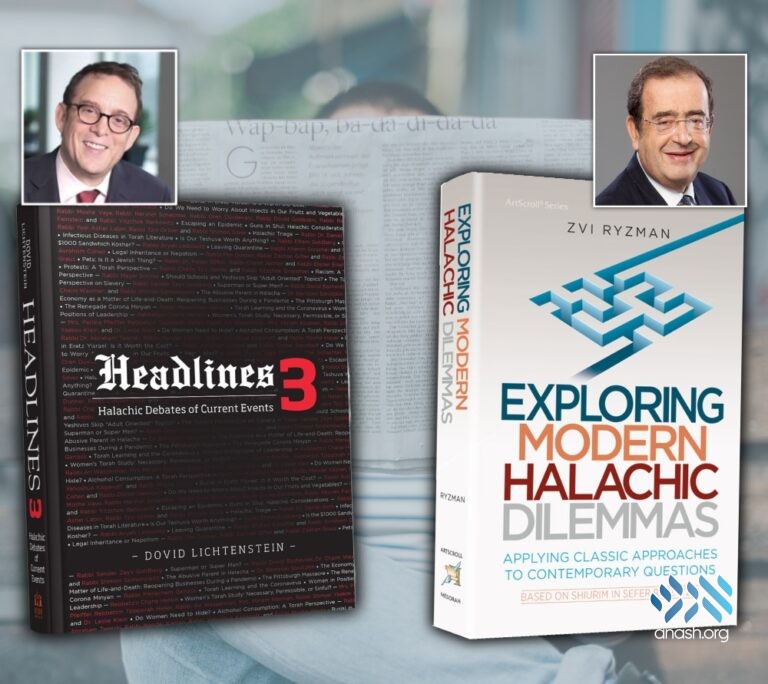
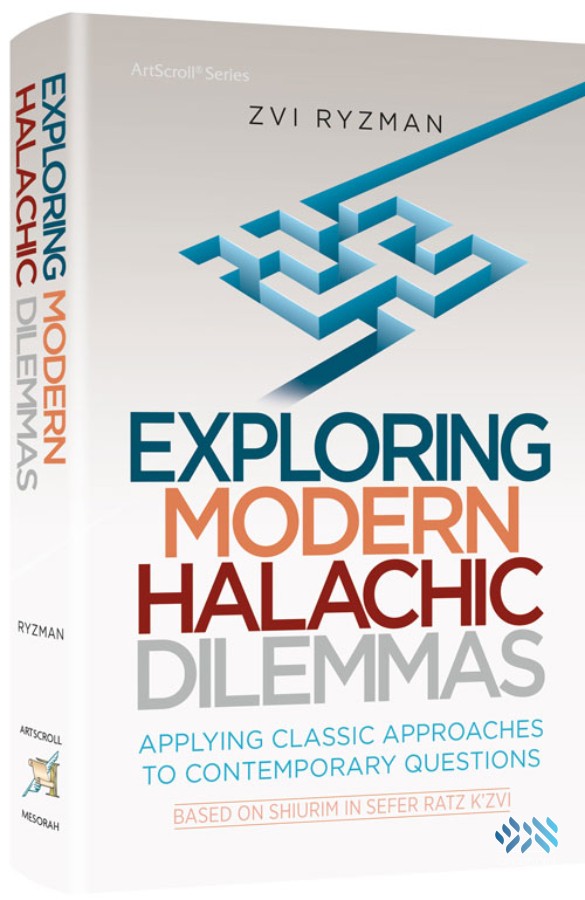

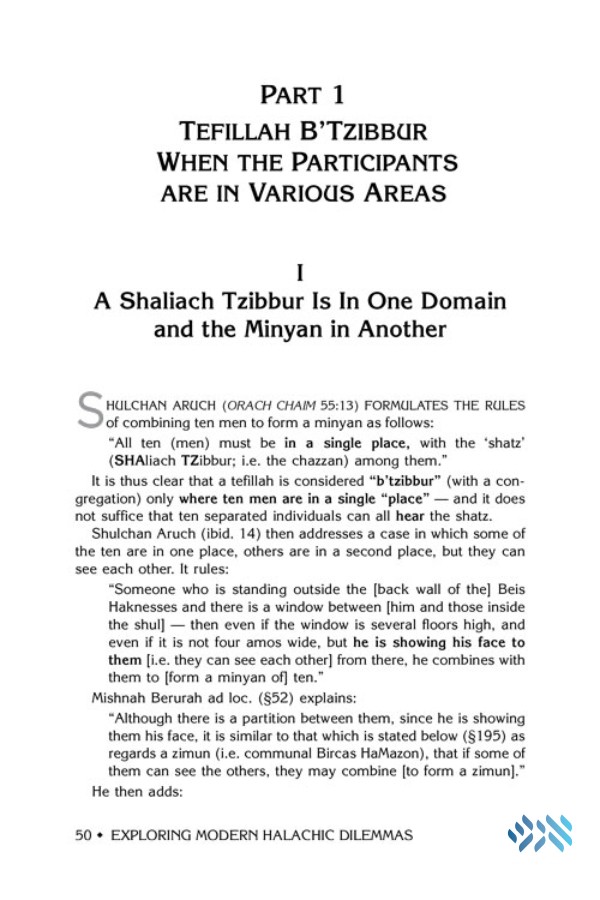
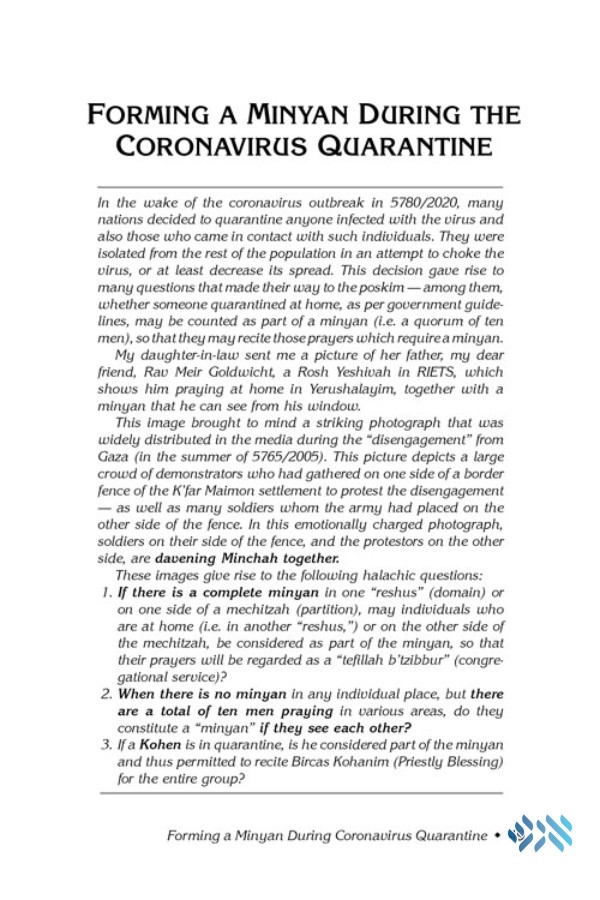
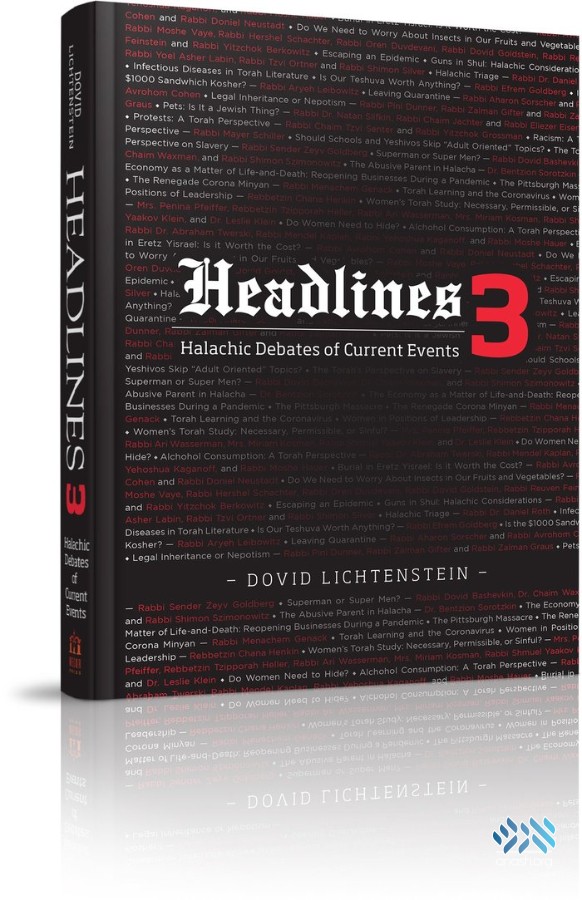


Excellent analysis. Following the actual books, the author of the review respects his readers intelligence. I’m writing merely to encourage more of such content on Anash.org.
Excellent reviews. Much appreciated.